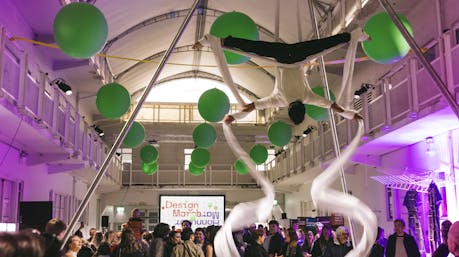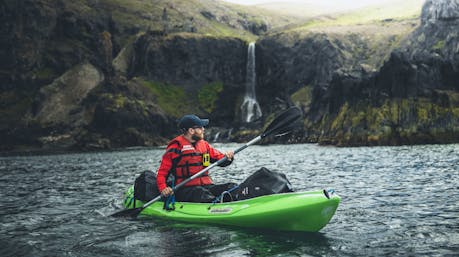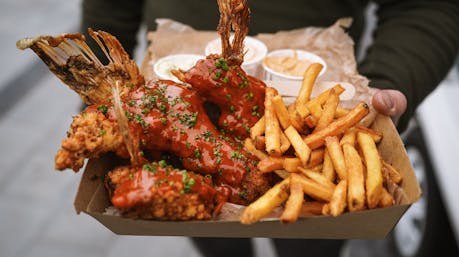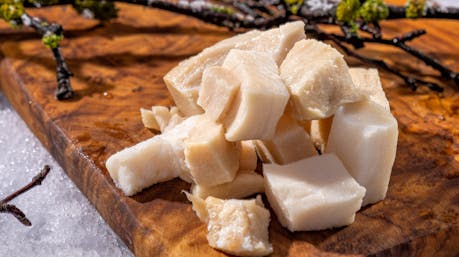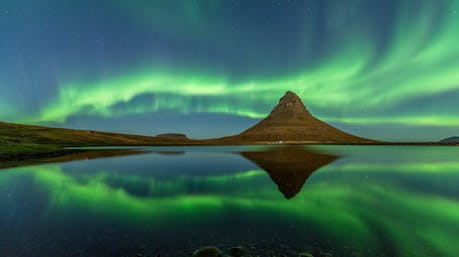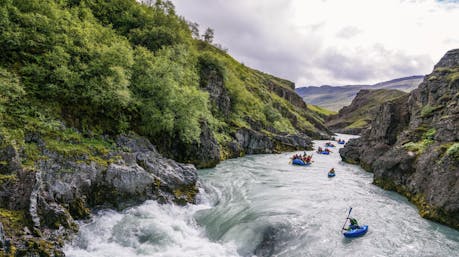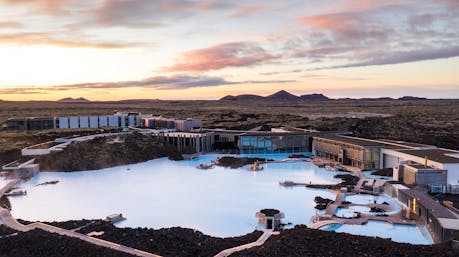
6 Apr 2024 - 31 Oct 2025
6 Apr 2024 - 31 Oct 20256 Apr 2024 - 31 Oct 20256 Apr 2024 - 31 Oct 20256 Apr 2024 - 31 Oct 20256 Apr 2024 - 31 Oct 20256 Apr 2024 - 31 Oct 20256 Apr 2024 - 31 Oct 20256 Apr 2024 - 31 Oct 20256 Apr 2024 - 31 Oct 20256 Apr 2024 - 31 Oct 20256 Apr 2024 - 31 Oct 20256 Apr 2024 - 31 Oct 20256 Apr 2024 - 31 Oct 20256 Apr 2024 - 31 Oct 20256 Apr 2024 - 31 Oct 20256 Apr 2024 - 31 Oct 20256 Apr 2024 - 31 Oct 20256 Apr 2024 - 31 Oct 20256 Apr 2024 - 31 Oct 20256 Apr 2024 - 31 Oct 20256 Apr 2024 - 31 Oct 20256 Apr 2024 - 31 Oct 20256 Apr 2024 - 31 Oct 20256 Apr 2024 - 31 Oct 20256 Apr 2024 - 31 Oct 20256 Apr 2024 - 31 Oct 20256 Apr 2024 - 31 Oct 20256 Apr 2024 - 31 Oct 20256 Apr 2024 - 31 Oct 20256 Apr 2024 - 31 Oct 2025
HUMAN: Sculpture Exhibition by Steinunn Thórarinsdóttir
The Augustenborg_Project, Galleri Christoffer Egelund, and The Embassy of Iceland present the H...

12 - 16 May 2025
12 - 16 May 202512 - 16 May 202512 - 16 May 202512 - 16 May 202512 - 16 May 202512 - 16 May 202512 - 16 May 202512 - 16 May 202512 - 16 May 202512 - 16 May 202512 - 16 May 202512 - 16 May 202512 - 16 May 202512 - 16 May 202512 - 16 May 202512 - 16 May 202512 - 16 May 202512 - 16 May 202512 - 16 May 202512 - 16 May 202512 - 16 May 202512 - 16 May 202512 - 16 May 202512 - 16 May 202512 - 16 May 202512 - 16 May 202512 - 16 May 202512 - 16 May 202512 - 16 May 202512 - 16 May 2025
Iceland Innovation Week 2025
The festival where Icelandic innovation meets the rest of the world.

30 May 2025
30 May 202530 May 202530 May 202530 May 202530 May 202530 May 202530 May 202530 May 202530 May 202530 May 202530 May 202530 May 202530 May 202530 May 202530 May 202530 May 202530 May 202530 May 202530 May 202530 May 202530 May 202530 May 202530 May 202530 May 202530 May 202530 May 202530 May 202530 May 202530 May 202530 May 2025
Icelandic Music: Ásgeir (アウスゲイル) & JFDRによるアイスランドミュージックライブ
Iceland Music が主催するアイスランドミュージックライブをSPACE ODDで開催します。

